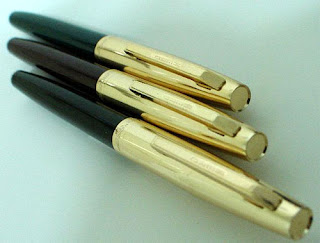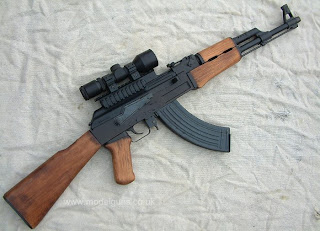NATIONAL SECURITY GUARD

The DG has always been an IPS officer whereas the recruitment is done from the Central Paramilitary Forces of India and the Indian Armed Forces.
The NSG has a total personnel strength of about 14,500. The NSG is modeled on
The NSG Training Centre is a Centre of Excellence and the National Bomb Data Centre holds international conferences. Both are located at Manesar in Haryana. Three of their 14 months of training in Manesar, Haryana, are devoted to the basics. The basic training period lasts 90 days. Physical fitness training has 26 elements, ranging from a cross-country obstacle course to jumping from heights and across divides and scaling different kinds of terrain. One endurance test involves target shooting at the end of an obstacle-ridden cross-country run. This is meant to gauge the candidate’s performance under conditions of stress and exhaustion. Those who successfully complete the tests are sent for nine months of advanced training. Only those who complete the entire course successfully are inducted into the NSG and given further specialized training. The training trains the commandos to handle sophisticated communication equipment, combat gadgets and different kinds of arms/specialized weapons such as AK-47/74s,
Browning hi-power 9mm pistols, 9mmUzi sub-machine guns, 5.56mm M-16A2s,
 9mm H&K MP5-A2/A3s and locally manufactured 7.62mm SLR and 5.56mm INSAS rifles. Sniper rifles such as the semi-automatic H&K 7.62mm PSG-1 and MSG-90, the SIG 7.62mm, SSG-2000 and the bolt-action Mauser SP66/86SR are also used to train members of the Special Action Group, which is specifically deployed for anti-terror/anti-hijacking operations.
9mm H&K MP5-A2/A3s and locally manufactured 7.62mm SLR and 5.56mm INSAS rifles. Sniper rifles such as the semi-automatic H&K 7.62mm PSG-1 and MSG-90, the SIG 7.62mm, SSG-2000 and the bolt-action Mauser SP66/86SR are also used to train members of the Special Action Group, which is specifically deployed for anti-terror/anti-hijacking operations.Advanced training also covers ‘combat room
 Shoot’ in which commandos have to enter a dark room, adjust their vision to the darkness and shoot at a target within three seconds by torchlight or a compatible laser image intensifier. Similar training is also conducted under discotheque strobe lights — conditions that are considered very difficult. Shooting skills are honed at an electronic combat shooting range, which is divided into 11 zones and spread over 400 meters. Recruits have to cover the distance in 6.30 minutes and fire at 29 targets along the way, with the target exposure time is between two and three seconds and the targets are of all kinds - vertically rising, popping out, moving and rotating. The faster a person engages the target the more points he scores. It is not just non-reactive targets that they practice against. In twin room shooting, rival combatants enter contiguous rooms and watch each other’s movements on a screen. They are supposed to neutralise each other by shooting at the screen.
Shoot’ in which commandos have to enter a dark room, adjust their vision to the darkness and shoot at a target within three seconds by torchlight or a compatible laser image intensifier. Similar training is also conducted under discotheque strobe lights — conditions that are considered very difficult. Shooting skills are honed at an electronic combat shooting range, which is divided into 11 zones and spread over 400 meters. Recruits have to cover the distance in 6.30 minutes and fire at 29 targets along the way, with the target exposure time is between two and three seconds and the targets are of all kinds - vertically rising, popping out, moving and rotating. The faster a person engages the target the more points he scores. It is not just non-reactive targets that they practice against. In twin room shooting, rival combatants enter contiguous rooms and watch each other’s movements on a screen. They are supposed to neutralise each other by shooting at the screen.
 spend in alert status and for whom it's a daily stint at the range. On an average a person fires close to 14,000 rounds over a period of two months in alert.The target strike rate has to be above 85% for a person to remain in the force.
spend in alert status and for whom it's a daily stint at the range. On an average a person fires close to 14,000 rounds over a period of two months in alert.The target strike rate has to be above 85% for a person to remain in the force.The NSG's roles include protecting VIPs, conducting anti-sabotage checks, rescuing hostages, neutralizing terrorist threats to vital installations,engaging terrorists and responding to hijacking and piracy



Comments